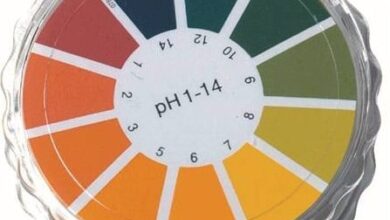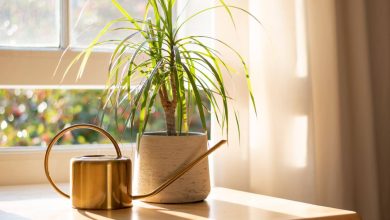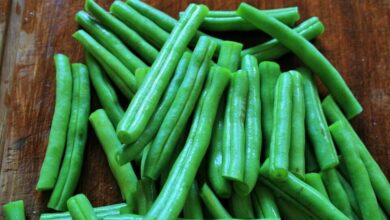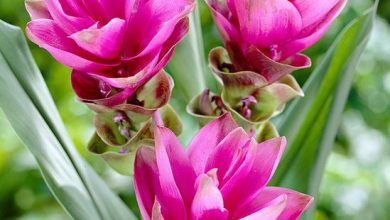Care of the elephant foot or Beaucarnea
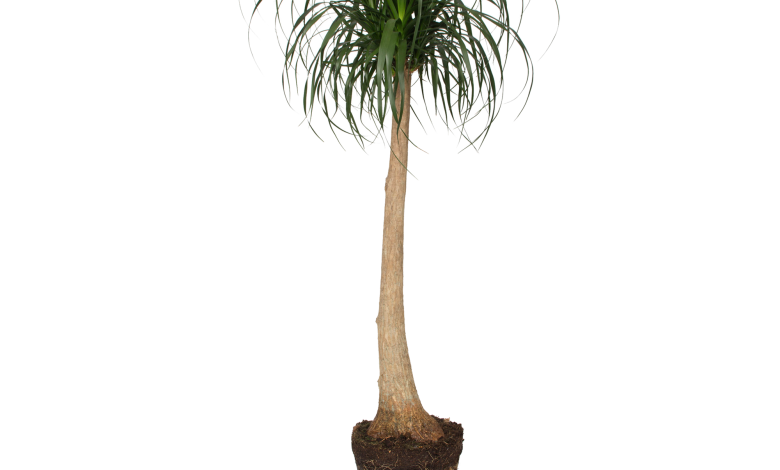
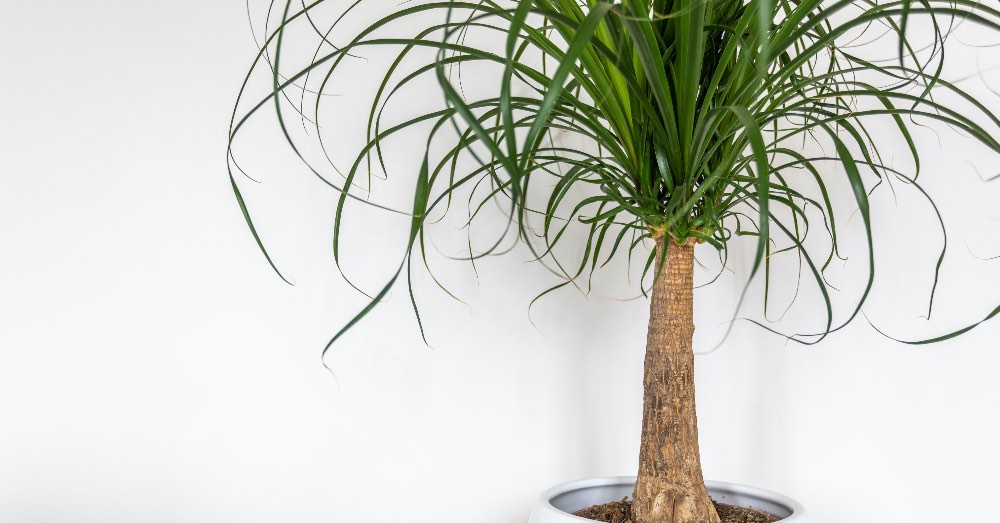
It is one of the most unique ornamental indoor plants and, precisely for this reason, it enjoys a good number of fans among plant lovers. Striking and of tropical origin, the care of the elephant’s foot or Beaucarnea does not initially involve great difficulty if we know them thoroughly. A point, the latter, that we cannot ignore if we want to save ourselves trouble. Only by being rigorous with its demands will we be able to enjoy it for many years since, well cultivated, it is an extremely long-lived plant.
Due to its sculptural appearance, it is one of the most valued plants to add an elegant touch to any interior. Originally from desert areas of Mexico and Guatemala, in nature it can reach spectacular dimensions that reach 10 meters in height. Although it is true that cultivated it will not have that size, it can grow up to a meter and a half, maximum two.
Even with these dimensions, the elephant foot can be perfect both for those looking for resistant indoor plants and if we are wondering, for example, how to choose the best plants for the office. Something that gives us an idea of how versatile this plant is for any space.
5 ELEPHANT LEG CARE KEYS TO YOUR WELL-BEING
Before seeing in detail the care of the elephant foot, it is essential to know something. Surprising as it may be, we are talking about a plant that falls between succulents and succulents. It is in its unique stem, specifically at the base, where the elephant foot stores its water reserves as the good plant from desert spaces that it is.
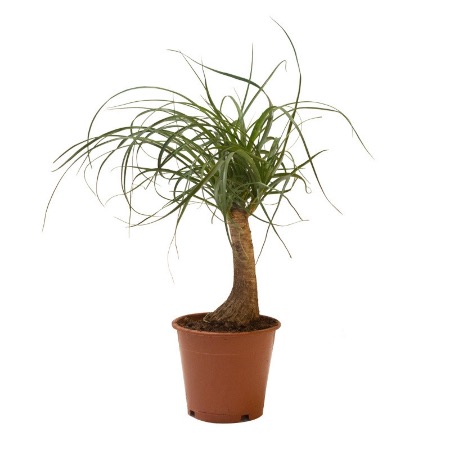
Far from being an anecdote, knowing this gives us an important clue regarding her. If we know how to take care of succulents, we can take care of this tropical beauty without too many setbacks. But let’s not get confused: nothing to improvise. The Beaucarnea has very specific requirements that we must strictly follow.
1. Indoor location, essential for her
Although we can enjoy it in our latitudes, we cannot forget that it is a tropical plant. While it is true that elephant foot can grow outdoors in Mediterranean climates, it is much easier to successfully grow it indoors.
The main reason for this is that it is a plant that loves warm temperatures. Therefore, the ideal is to have it inside the house in spaces between 20 and 25 degrees. It is important never to subject it to temperatures below 10 degrees: we will compromise its life.
2. A lot of light, one of the vital care for the elephant’s foot
Where we have our plant will determine its health. It needs to be in extremely bright spaces and can even receive direct light at times of less incidence of daylight.
3. Specific pot and substrate, elemental
Due to its size, the elephant’s foot concentrates the bulk of its weight and size at its base. Therefore, the ideal is to have low and wide pots. Only then will you be able to lay your root system as you need.
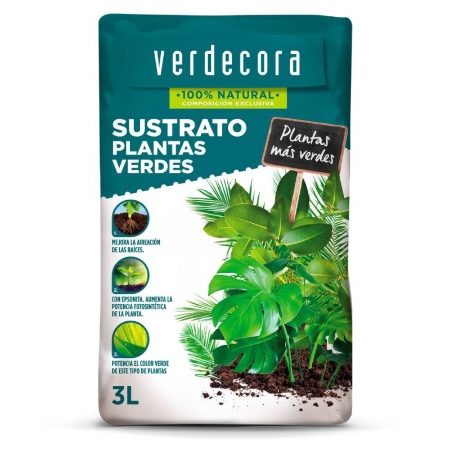
Just as important as the container in which we grow it is to correctly choose the type of substrate. To promote the characteristic greenness of the plant and favor the drainage of excess irrigation water, it is advisable to opt for a substrate for green plants.
4. Moderate watering and environmental humidity, crucial for its health
And we come to what is, without a doubt, the most important care for the elephant’s foot; and the main reason why many of them die. Not only its roots do not tolerate waterlogging: added, excess water will cause the stem to rot, making the plant sick to the point of death.
If we know how to water succulents correctly, the Beaucarnea watering pattern will not seem so strange to us. With an irrigation every three weeks it will be enough for our plant to be hydrated. And yes: it is better to fall short than to exceed ourselves and pay the consequences.
Finally, it is advisable to create a humid environment around the plant to hydrate the tops of its leaves.
5. Regular fertilization, key during the growing season
The elephant foot is a slow-growing plant, so a little help that favors its development and provides it with nutrients never hurts.
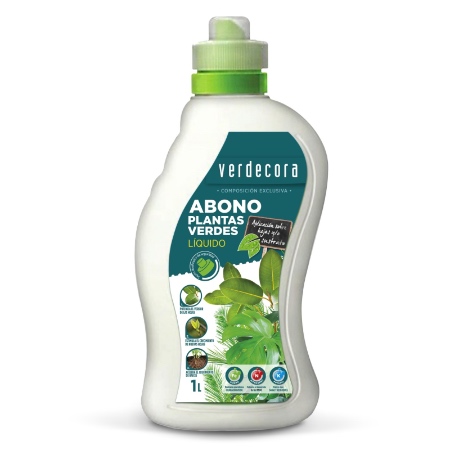
To do this, the ideal is to opt for a specific fertilizer for green plants that we will administer regularly from the beginning of spring to the end of summer.
6. Punctual transplant and good drainage, something to consider
Unlike other plants, which require regular transplanting, in the case of the elephant foot it will only be necessary at a well-defined time. Only when we see that the roots have colonized the pot will we carry out this task. Something that usually happens every two years or so.
Aside from waiting until spring to pull it off, there are a couple more things to consider. The first of them is that we will have to make a good drainage layer to avoid later troubles. Apart from this, it is essential to opt for a slightly larger pot than the previous one.
7. Removal of yellow leaves, the only pruning that is required
And we come to the last care of the elephant’s foot; and the one that, without a doubt, will entail fewer headaches. Due to its characteristics, the Beaucarnea does not need any pruning with one exception. As it grows and the leaves complete their plant cycle, the lower ones turn yellow. Removing them, gently pulling them down, is essential so that the plant does not concentrate its energy on them.
If they resist, the ideal is to cut them with clean, sterilized scissors.
With these guidelines, you will enjoy your elephant foot for many years. Something that, make no mistake, is the dream of any plant lover.

